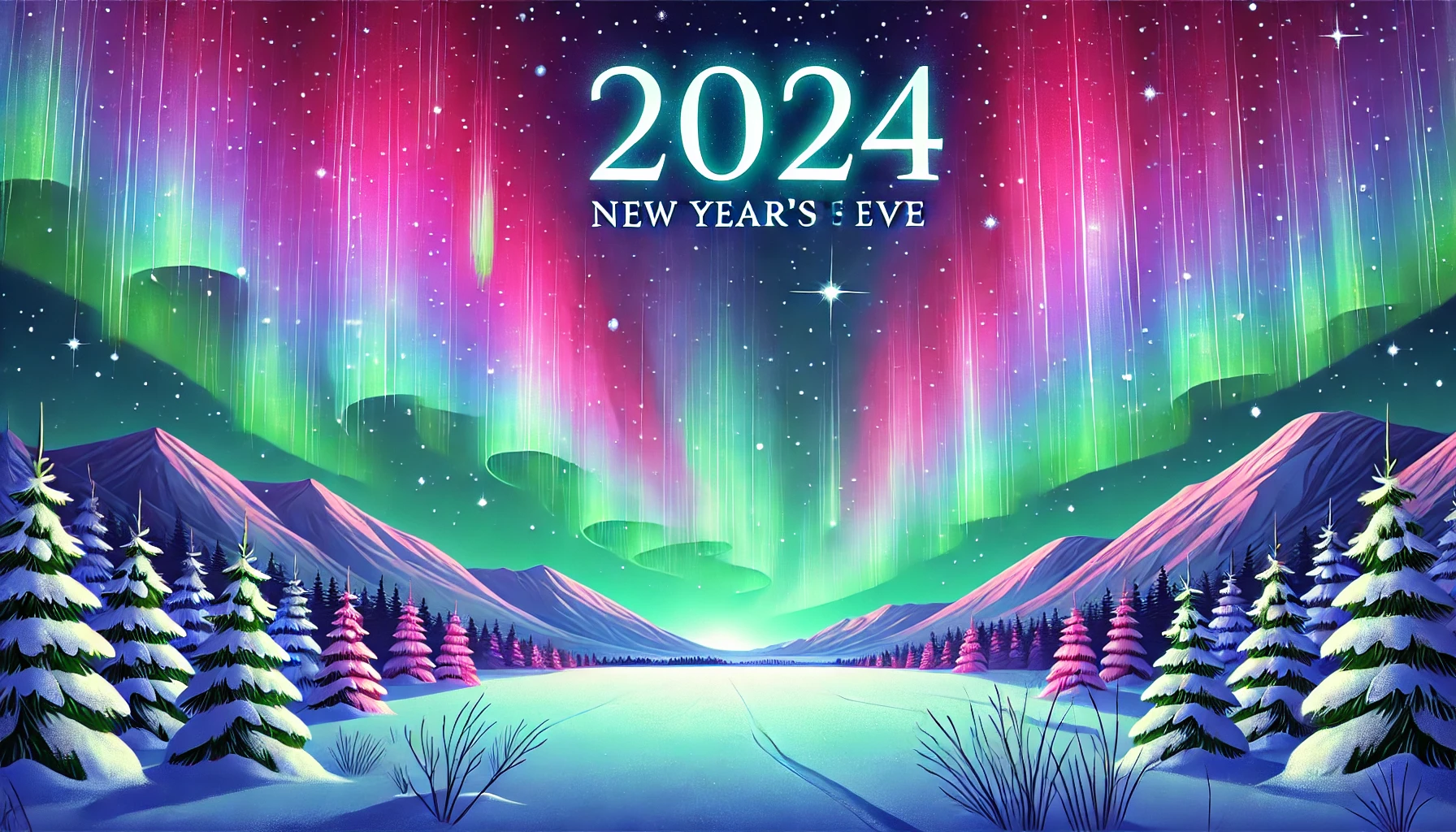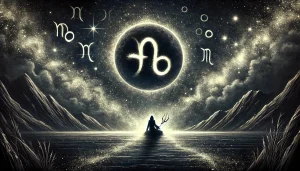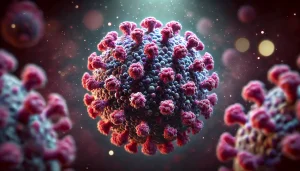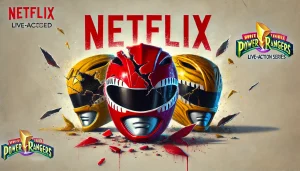
Science
Strong Geomagnetic Storm Creates Aurora Display for New Year’s Eve
Entertainment
Free Apple TV+ Weekend Kicks Off New Year Entertainment
The Astrological Impact of the Rare December 30 ‘Black Moon’
Science
The rare Black Moon rising tonight, December 30, 2024, holds significant astrological meaning, marking a period of reflection, renewal, and goal setting. …
Gal Gadot’s Health Crisis Highlights Pregnancy Risks
Entertainment
The story of Gal Gadot’s emergency brain surgery during her fourth pregnancy has sparked conversations about the health risks women face during …
What is the $78 Walmart Birkin Bag? A Breakdown of the Trend
LifeStyle
The “Walmart Birkin” has taken the internet by storm, but what makes it so popular—and controversial? A Viral Sensation The affordable handbag, …
Norovirus on the Rise: How to Protect Yourself at Home and on the Go
Health
With norovirus cases surging across the country, it’s more important than ever to take proactive steps to protect yourself and your loved …
Netflix Cancels Planned Power Rangers Series Amid Franchise Reboot
Entertainment
The highly anticipated Power Rangers live-action series for Netflix has been officially canceled, according to recent reports. This decision comes as Hasbro …
Mega Millions $1.22 Billion Jackpot Claimed—History Made in California
Entertainment
In a thrilling conclusion to a three-month lottery streak, a lucky Mega Millions player in Cottonwood, California, has claimed the game’s fifth-largest …
Mystery Surrounds Deadly Azerbaijan Airlines Crash in Kazakhstan
World
The investigation into the Christmas Day crash of an Azerbaijan Airlines Embraer 190, which claimed the lives of 38 people near Aktau, …
Crafting Irish Celebrations Abroad: How the Diaspora Keeps Traditions Alive
Entertainment, Our Pick
A vibrant tapestry of Irish celebrations continues to unfold in distant parts of the world, far from Ireland’s emerald landscapes. The Irish …













